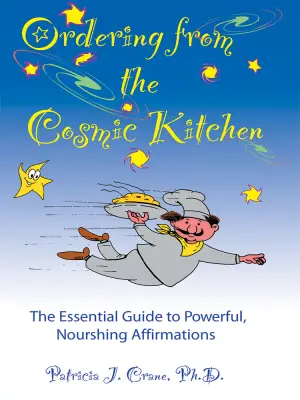Reflecting on Think Like a Monk: A Journey Towards Inner Peace
When I first stumbled upon Think Like a Monk: Train Your Mind for Peace and Purpose by Jay Shetty, I was immediately drawn in by the promise of unlocking a monk’s wisdom in our chaotic modern lives. As someone who often battles the distractions of daily life, the idea of training my mind for peace and purpose felt both intriguing and necessary. The book’s premise—shafts of insight from Shetty’s three-year monk journey in India—set the stage for a transformative experience.
Key Themes and Personal Insights
One of the most compelling aspects of Shetty’s writing is his exploration of what he terms the "monk mindset" versus the "monkey mindset." This profound distinction stuck with me: the focus on calm, purpose, and clarity versus constant distraction and turmoil. Shetty articulates this beautifully, helping readers identify their daily mental patterns and nudging us towards cultivating a more peaceful state of mind.
Equally thought-provoking is the way Shetty reveals the significance of our environments in shaping our habits. The idea that "location has energy; time has memory" resonated with my own experiences. I found myself reflecting on how much easier it is to focus on work in a well-lit café or feel invigorated during a workout at the gym compared to at home. It made me rethink the spaces I occupy and how I could better harness their energy.
Among the various topics, I was particularly drawn to his insights about exercise. Shetty emphasizes the importance of intrinsic motivation, stating, "Never go to the gym to build a revenge body to make your ex jealous." This struck a chord with me as I often witness friends using their fitness journeys as a means to an end rather than for personal growth—which feels rather hollow. His call for self-care and intention behind physical activity serves as a gentle reminder of what true wellness really means.
Writing Style and Notable Quotes
Shetty’s writing combines accessibility with a sense of warmth that feels like a conversation with a wise friend. His anecdotes and practical wisdom are peppered with memorable quotes that linger long after reading. For instance, “Revenge is the mode of ignorance—it’s often said that you can’t fix yourself by breaking someone else.” This line encapsulates the essence of understanding oneself deeply rather than projecting external frustrations onto others.
However, not all elements of the book resonated with me. The account of his departure from the monk’s path felt abrupt and underdeveloped. A more vivid exploration of this pivotal moment would have provided clarity and depth. Additionally, Shetty’s indirect criticisms of figures like Marie Kondo felt out of place, especially in a narrative aiming to inspire and uplift.
Conclusion: Who Will Love This Book?
Despite its flaws, I believe Think Like a Monk offers valuable insights that can benefit anyone looking to cultivate a greater sense of peace and purpose in their life. Whether you’re overwhelmed by the fast pace of modern living or just in need of some introspective guidance, this book is a beacon of hope. With a mix of practical advice and philosophical musings, it’s an excellent read for those eager to dive into their inner selves.
Ultimately, the reading experience left me feeling enriched and inspired, pushing me towards meaningful contemplation about my values and life choices. I would recommend this book to anyone ready to embark on their own journey of self-discovery—after all, we could all do with a little more monk-like wisdom in our lives.
Discover more about Think Like a Monk: Train Your Mind for Peace and Purpos… on GoodReads >>

















